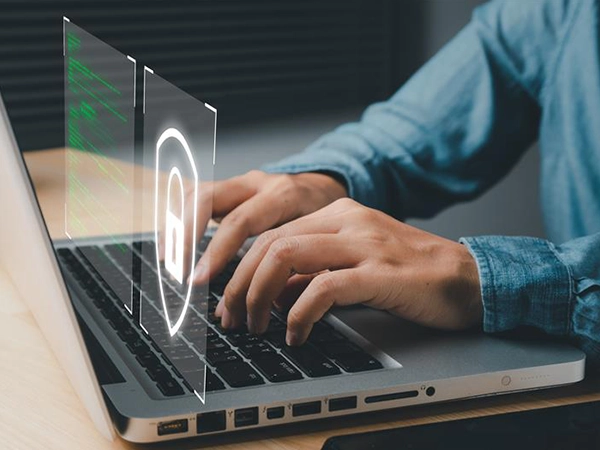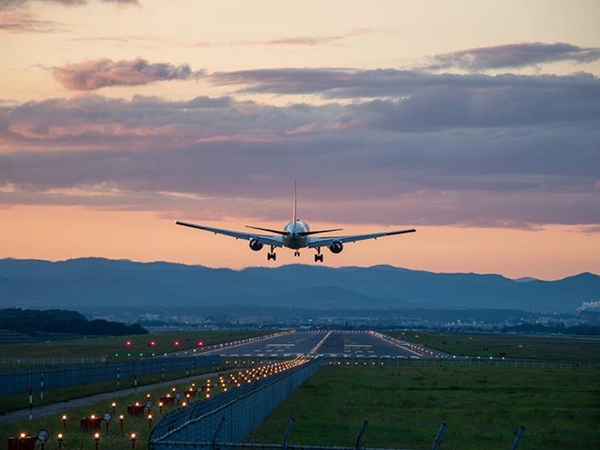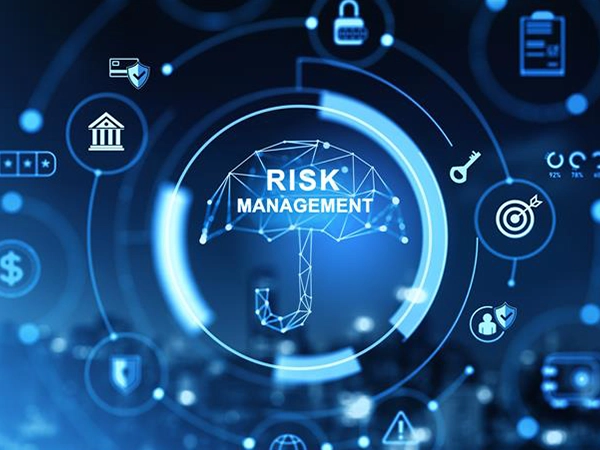The Indian aviation sector is on an unprecedented growth trajectory. New airports are emerging, airlines are expanding their fleets, and air traffic is soaring. While this expansion fuels economic prosperity, it also significantly widens the attack surface for cyber threats. In an increasingly interconnected world, where even a minor disruption can trigger a cascading crisis, cybersecurity risk assessments and Audits are not merely advisable; they are an absolute necessity for a truly resilient Indian Aviation Sector.
The intricate web of modern aviation relies heavily on interconnected IT (Information Technology) and OT (Operational Technology) systems. This encompasses everything from air traffic control and navigation to ticketing, baggage handling, and in-flight entertainment. A successful cyberattack could compromise passenger safety, bring critical operations to a standstill, leak sensitive data, or even ground an entire fleet. We’ve seen this play out globally with ransomware attacks, data breaches, and operational disruptions plaguing aviation entities.
The Indispensable Role of Regular Security Audits
Consider a cybersecurity audit as a comprehensive health check-up for an organization’s digital infrastructure. Just as an aircraft undergoes rigorous inspections before every flight, an aviation entity’s cybersecurity posture demands continuous evaluation.
India’s aviation ecosystem is undergoing rapid digital transformation. Initiatives such as DigiYatra, AI-driven Air Traffic Management modernization, and UPI-enabled airport services have made the passenger experience more seamless — but they’ve also expanded the digital attack surface. A single compromise in these interconnected systems could ripple across airlines, ground handlers, and airports, disrupting thousands of travelers within minutes.
In 2023, a simulated cyber drill conducted at one of India’s busiest airports revealed how a single misconfigured baggage-handling interface could cascade into flight delays and data exposure. Similarly, recent ransomware incidents in global aviation highlight how dependent critical airport operations have become on digital platforms. For a country managing over 150 operational airports and 300 million annual passengers, even a brief systems outage can have enormous financial and reputational consequences.
Here’s why regular security audits are paramount for the Indian aviation sector:
- Proactive Vulnerability Identification: Audits systematically scan for weaknesses across networks, applications, systems, and even human processes. This proactive approach allows organizations to identify and rectify security gaps before malicious actors can exploit them.
- Ensuring Regulatory Compliance: The aviation sector operates under a complex framework of national and international regulations, including those from the Directorate General of Civil Aviation (DGCA) and international standards like ICAO guidelines. Audits are crucial for ensuring adherence to these critical compliance requirements, thereby mitigating legal and reputational risks.
- Validating Security Control Effectiveness: Significant resources are invested in security technologies and policies. Audits provide an objective assessment of whether these controls are effectively implemented and operating as intended. Are firewalls configured correctly? Are intrusion detection systems effective? Audits provide definitive answers to these crucial questions.
- Benchmarking and Continuous Improvement: Regular audits enable organizations to track their security posture over time, identify trends, and measure the effectiveness of their cybersecurity investments. This data-driven approach fosters continuous improvement in overall security.
- Building Stakeholder Trust: Demonstrating a commitment to robust cybersecurity through consistent audits builds immense trust with passengers, airlines, regulators, and other stakeholders, reinforcing the sector’s reliability and unwavering commitment to safety.
The Power of Thorough Risk Assessments
While an audit meticulously identifies vulnerabilities, a risk assessment takes this a step further by evaluating the likelihood of those vulnerabilities being exploited and the potential impact of such an exploitation. It’s about understanding what truly matters and where to strategically prioritize resources. For the Indian aviation sector, thorough risk assessments are vital for:
- Strategic Threat Prioritization: Not all vulnerabilities carry the same level of risk. A comprehensive risk assessment helps aviation entities prioritize threats based on their potential impact on safety, operational continuity, financial stability, and reputation. This ensures focused and efficient allocation of limited resources.
- Understanding the Evolving Attack Landscape: Risk assessments delve into various threat actors, their motivations, and their capabilities. This includes state-sponsored actors, sophisticated cybercriminals, internal threats, and even hacktivists, all of whom could potentially target the aviation sector.
- Quantifying Business Impact: Beyond purely technical vulnerabilities, a risk assessment rigorously considers the potential business consequences of a cyber incident. What would be the financial cost of a grounded fleet? What is the reputational damage resulting from a significant data breach? These critical factors directly inform the development of effective mitigation strategies.
- Informing Strategic Decision-Making: The insights gleaned from robust risk assessments directly inform strategic decisions regarding cybersecurity investments, policy development, comprehensive incident response planning, and ongoing employee training programs. They effectively bridge the gap between technical security measures and overarching business objectives.
- Fostering True Resilience: By systematically identifying and assessing risks, aviation organizations can develop genuinely resilient systems and processes. This includes implementing robust redundancy measures, establishing foolproof backup and recovery procedures, and building comprehensive and agile incident response capabilities.
Charting the Course Forward: A Holistic Approach
For the Indian aviation sector to truly be resilient, cybersecurity audits and risk assessments must be part of a continuous security program. This means:
- Invest decisively: Investing enough money and people in cybersecurity.
- Train aviation-specific experts: Training and hiring cybersecurity experts who understand aviation.
- Share intelligence: Working with all aviation players, government, and experts to share threat intelligence.
- Proactive Threat Intelligence: Staying updated on new cyber threats relevant to aviation.
- Rigorous Incident Response Planning: Regularly developing and testing plans to handle cyberattacks.
- Security by Design Principles: Building security into all new systems and infrastructure from day one.
Aviation has mastered physical safety through decades of learning. Cyber resilience must now follow the same discipline—audited, tested, and uncompromising. Because in the modern sky, digital turbulence can be just as dangerous as the storm outside the cockpit.
References:
CSMIA Mock Drill and Juhu Aerodrome Emergency Exercise, Mumbai 2023: A Case Study
Indian airports not impacted by cyber attack that hit European airports, govt check finds











